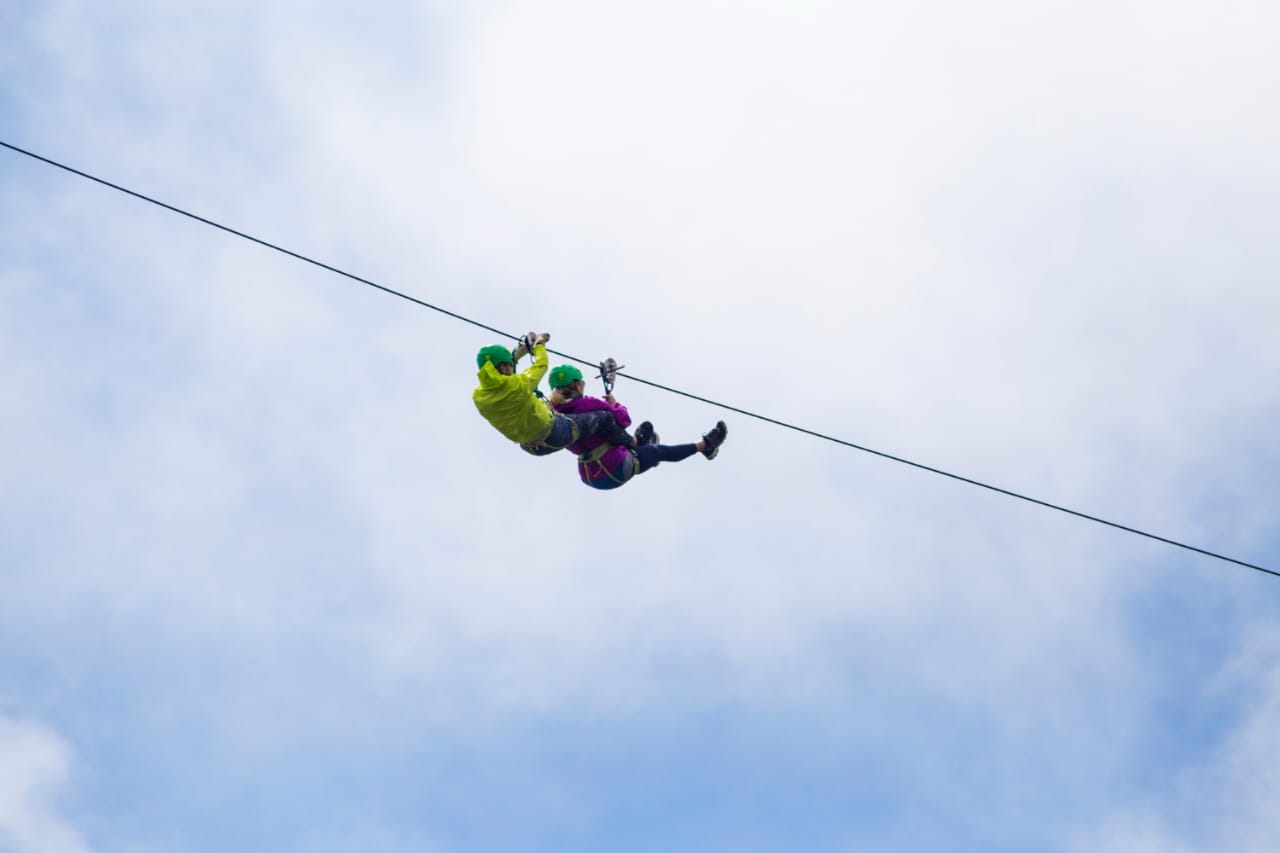The human experience is full of paradoxes, but few are as intriguing as our fascination with *painful pleasures*. Whether it’s enduring the sting of a tattoo needle, the burn of spicy food, or the ache of an intense workout, many of us willingly embrace discomfort for the sake of satisfaction. This article delves into the psychology, science, and cultural aspects behind the thrill of painful pleasures and why they hold such a powerful allure.
Table of Contents
What Are Painful Pleasures?
Painful pleasures refer to activities or experiences that involve an element of discomfort or pain but are pursued for the joy, satisfaction, or sense of accomplishment they bring. These activities often evoke a mix of physical sensations and emotional responses, creating a unique, often addictive thrill.
Common Examples of Painful Pleasures
- Body art: Tattoos and piercings.
- Culinary experiences: Spicy foods and strong flavors.
- Physical challenges: High-intensity workouts or endurance sports.
- Extreme activities: Bungee jumping, skydiving, and other adrenaline-fueled pursuits.
- Emotional struggles: Watching heartbreaking movies or reading tragic stories.
The Psychology Behind Painful Pleasures
Pain and pleasure are deeply intertwined in the human brain. The relationship between the two lies at the heart of why we often seek out experiences that are both painful and pleasurable.
1. Release of Endorphins
Painful experiences trigger the release of endorphins, the body’s natural painkillers. These chemicals not only dull pain but also create a euphoric sensation, leading to a “runner’s high” or similar feelings of pleasure.
2. Sense of Achievement
Enduring pain can provide a sense of accomplishment. Whether it’s finishing a grueling marathon or conquering a fear, overcoming discomfort gives us a psychological reward that outweighs the pain.
3. Heightened Sensory Experiences
Pain can amplify sensory perceptions, making the pleasurable aspects of an experience feel even more intense. For example, the heat of spicy food might heighten flavor appreciation for some individuals.
4. Social and Cultural Conditioning
In many cultures, enduring pain is associated with rites of passage, strength, or beauty. This societal reinforcement can make painful pleasures more appealing.

The Science of Painful Pleasures
The brain processes pain and pleasure in overlapping regions, primarily in the *nucleus accumbens* and *insula*, areas responsible for emotion, reward, and decision-making.
The Role of Dopamine
During painful activities, the brain often releases dopamine, the “feel-good” neurotransmitter, alongside endorphins. This combination creates a complex sensation where pain is perceived as rewarding.
Pain Threshold and Adaptation
Repeated exposure to certain types of pain, like regular tattoos or spicy meals, can raise an individual’s pain threshold, making the activity more enjoyable over time.
Cultural Perspectives on Painful Pleasures
Painful pleasures are not just a modern phenomenon. Across cultures and centuries, humans have embraced pain as a pathway to pleasure or meaning.
- Rites of Passage: In many indigenous cultures, enduring pain is a way to mark significant life transitions or demonstrate strength.
- Religious Practices: Some rituals involve fasting, body modification, or self-flagellation to achieve spiritual enlightenment.
- Beauty Standards: From high heels to corsets, societies have often equated discomfort with aesthetic appeal.
Modern-Day Painful Pleasures
Fitness and Health
The fitness industry thrives on the concept of “no pain, no gain.” Activities like weightlifting, yoga, or marathon training involve discomfort but are pursued for physical and mental rewards.
Entertainment and Art
People willingly watch horror movies, read tragic novels, or listen to emotionally intense music because these experiences, while painful, evoke powerful emotional connections.
Adrenaline-Fueled Activities
Thrill-seekers often chase high-risk, painful pleasures like skydiving or mountain climbing for the rush of adrenaline and the satisfaction of conquering fear.

The Benefits of Embracing Painful Pleasures
- Personal Growth: Painful experiences often lead to self-discovery and resilience.
- Emotional Release: Activities like crying during a movie or venting frustrations in intense workouts can be cathartic.
- Enhanced Reward: The contrast between pain and pleasure can amplify the satisfaction of achieving a goal.
Balancing Pain and Pleasure
While painful pleasures can be thrilling, they should be pursued mindfully to avoid harm. Here are a few tips:
- Know your limits: Push boundaries safely without risking injury or burnout.
- Focus on balance: Combine painful pleasures with restorative activities for overall well-being.
- Listen to your body: If the pain feels harmful rather than challenging, it’s time to stop.
Conclusion
The thrill of painful pleasures is a fascinating paradox that highlights the complexity of the human mind and body. From the endorphin rush of a hard workout to the cultural significance of enduring pain, these experiences connect us to our instincts, emotions, and communities. By understanding and embracing the unique interplay of pain and pleasure, we can explore new challenges, discover our strengths, and find joy in the unexpected. So, the next time you take a bite of fiery chili or lace up your running shoes for a grueling race, remember: the pain is part of the pleasure.

